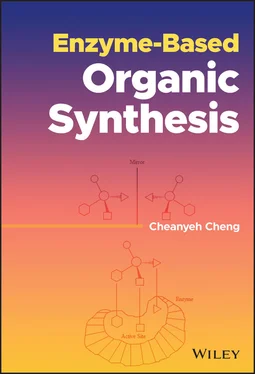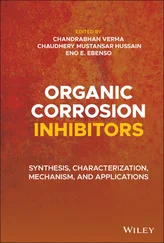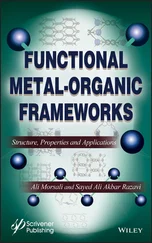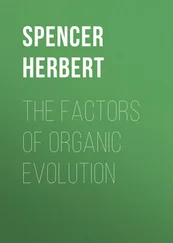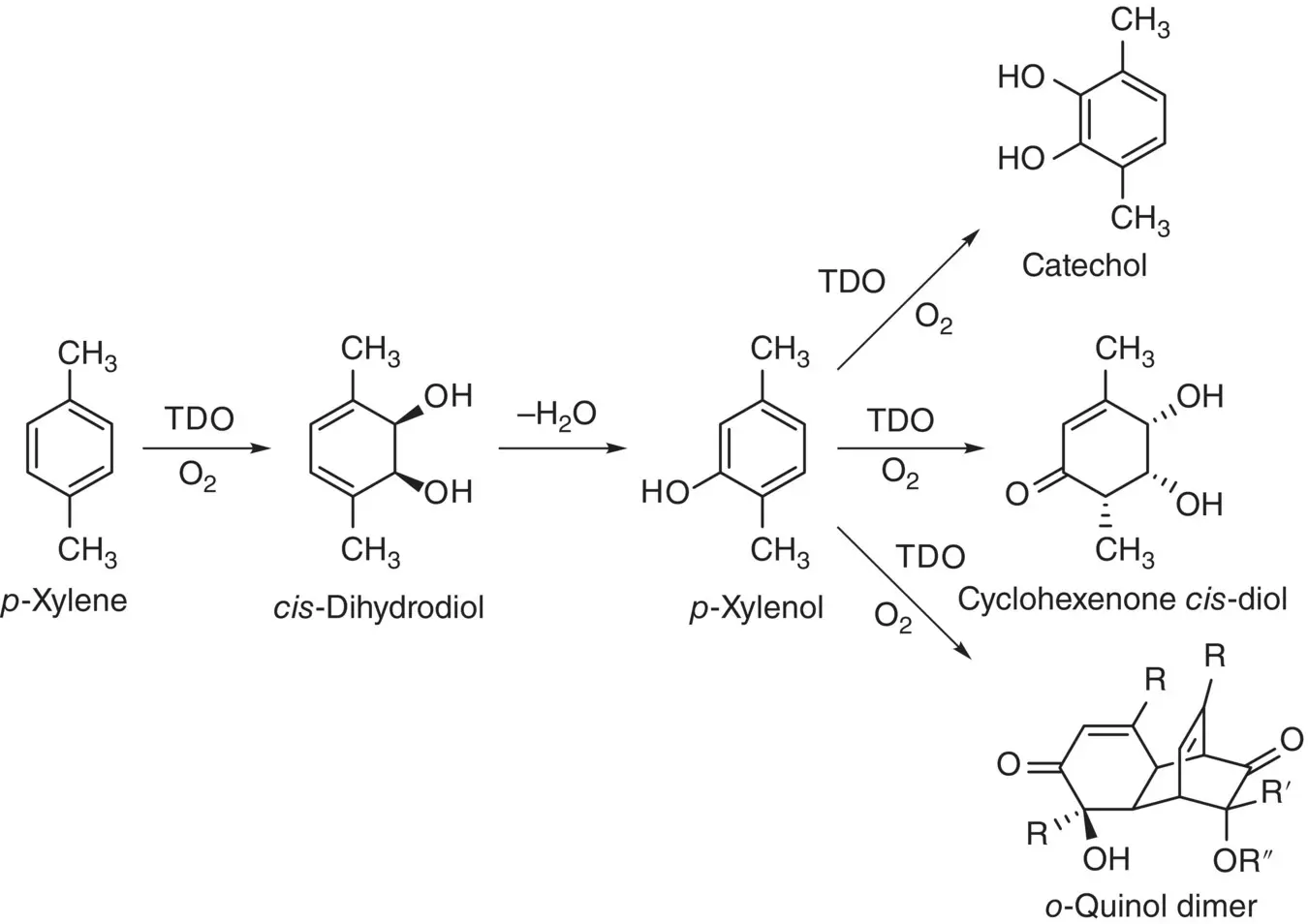
Scheme 2.17 Toluene dioxygenase catalyzed cis ‐dihydroxylation of phenols toward catechol, cyclohexenone cis ‐diol, and o ‐quinol dimmer metabolites.

Scheme 2.18 Naphthalene dioxygenase catalyzed cis ‐dihydroxylation of naphthalene.
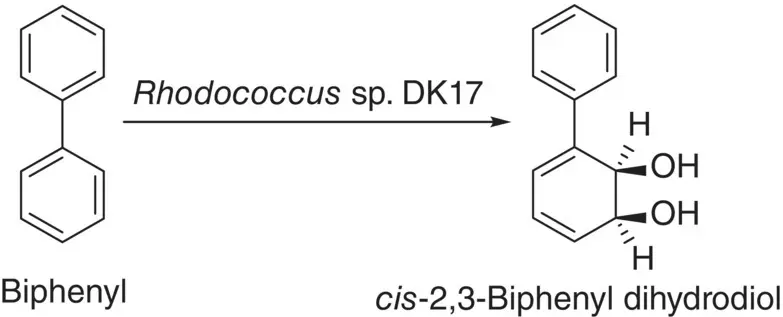
Scheme 2.19 Regioselective oxidation of biphenyl by the Rhodococcus sp. DK17 o ‐xylene dioxygenase.
The cytochromes P450 (CYPs) catalyzed a wide variety of reactions including the oxidation of alkenes to form reactive epoxides. The oxidations of propene, cyclohexene, and styrene for producing their corresponding epoxides have been reported by P450cam from P. putida and P450 BM‐3 variant 139‐3 [79, 80]. A mutant, T252A P450cam, prepared from the water‐soluble camphor‐hydroxylating P450cam of P. putida has been used to catalyze the epoxidation of more complex 1 R ‐camphor [81]. CYP153 enzymes expressed in P. putida GPo12 also showed the ability of epoxidation for styrene, octene, and cyclohexene in a large scale [40]. Except for one CYP153 produced ( R )‐epoxide, others yielded ( S )‐epoxide with up to 80% e.e. The CYP450 was further used for the epoxidation of tea tree oil ingredient p ‐cymene to form thymol by a postulated enzymatic reaction mechanism that involves the epoxidation of one of the π‐double bonds in the benzene moiety followed by an National Institutes of Health (NIH) shift as shown in Scheme 2.20[82]. Dihydrochalcomycin (DHC) is a 16‐membered macrolide antibiotic that is clinically applied in the treatment of bacterial infections against gram‐positive as well as gram‐negative bacteria except against E. coli . Two CYP450 enzymes, gerPI and gerPII , were characterized for the hydroxylation at the C 8position by the ger PII P450 followed by the epoxidation reaction by ger PI P450 at the C 12–C 13position in the biosynthetic pathway for DHC from Streptomyces sp . KCTC 0041BP [83].

Scheme 2.20 Postulated reaction mechanism for the formation of thymol from p ‐cymene through arene epoxidation.

Scheme 2.21 The epoxidation reaction catalyzed by squalene epoxidase (SE).
Squalene monooxygenase (squalene epoxidase, SE, E.C. 1.14.99.7) converts the squalene by regio‐ and stereospecifically forming an epoxide on the C–C double bond to yield (3 S )2,3‐oxidosqualene that requires molecular oxygen, FAD, and depending on the organism, either NADH or NADPH ( Scheme 2.21) [84]. This reaction is a key step in eukaryotes for sterol biosynthesis. Since SEs are essential for the synthesis of cholesterol in mammals and ergosterol in fungi, SE is an important target to lower cholesterol levels, thus, for hypercholesterolemia and antifungal therapies [85]. Study of SE in the squalene epoxidation shows that it is involved in the biosynthesis of both the antitumor clavaric acid, an inhibitor of the human Ras‐farnesyl transferase, and sterols in the basidiomycetes Hypholoma sublateritium [86]. Sterol biosynthesis by prokaryotes is very rare. However, through functional expression of both SE and lanosterol synthase, which are from the methanotrophic bacterium Methylococcus capsulatus , in E. coli , lanosterol can be formed from squalene [87].
The one‐pot epoxidation of cyclohexene and N ‐benzyloxycarbonyl‐3,4‐dihydroxy‐pyrrolidine by Novozym 435 ®gave cyclohexene oxide and (3 R ,4 R )‐ N ‐benzyloxycarbonyl‐3,4‐epoxy‐pyrrolidine, respectively, which were subsequently trans ‐dihydrolyzed by resting cells of Sphingomonas sp. to produce corresponding trans ‐vicinal diols in high enantiomeric excess values and high yields [88]. The silicone composites of Novozym 435 (silicoat‐NZ435) have been used in the solvent‐free three‐phase system chemoenzymatic epoxidation of 1‐dodecene to demonstrate the ability of the most difficult terminal alkene epoxidation [89]. The reaction showed an 80% yield with almost 100% selectivity and is better than the native Novozym 435 (NZ435).
Growing cells and resting cells of recombinant E. coli containing the styrene monooxygenase StyAB were used for enantioselective styrene epoxidation to efficiently produce ( S )‐styrene oxide in an organic/aqueous two‐liquid‐phase system and batch or fed‐batch reaction [90–93]. Styrene monooxygenase (StyAB) from Pseudomonas sp. VLB120 is composed of an FAD‐dependent monooxygenase component (StyA) that catalyzes the epoxidation reaction and an NADH‐dependent reductase component (StyB) that delivers the reducing equivalents from NADH to StyA via FADH 2[94]. The enzyme StyAB catalyzes the specific ( S )‐epoxidation of a broad range of m ‐ and p ‐ as well as α‐ and β‐substituted styrene derivatives [95]. Since the motif of enantiopure 1,2‐amino alcohol is present in alkaloids, amino sugars, enzyme inhibitors, and antibiotics, various enantiopure 2‐phenyl, 2‐amino ethanols were prepared chemically through the nitrogen nucleophilic addition to the epoxy group of a number of styrene epoxide derivatives ( Scheme 2.22) [96]. However, the formation of various styrene epoxide derivatives was performed enzymatically by using the recombinant E. coli to oxidize various styrene derivatives. The bioconversions were performed in an aqueous buffer using an organic phase to separate both the epoxide product and unreacted styrene derivatives. The enantiomeric excess values for epoxide products are quite high (>95% e.e.) except the epoxide derived from 1‐phenyl, 2‐methyl propene.
Two reasons cause monooxygenase catalyzed epoxidation reactions using whole cells rather than isolated enzyme more attractive, which are the very unstable monooxygenase in vitro and the easy regeneration of the cofactor for NAD(P)H‐dependent monooxygenase in whole cell. The epoxidation of ally phenyl ether (APE) for producing chiral phenyl glycidyl ether (PGE) with an enantiomeric excess of 86% has been investigated by encapsulating whole‐cell Mycobacterium M156 in water‐in‐oil reverse micelles [97] as in Scheme 2.23.
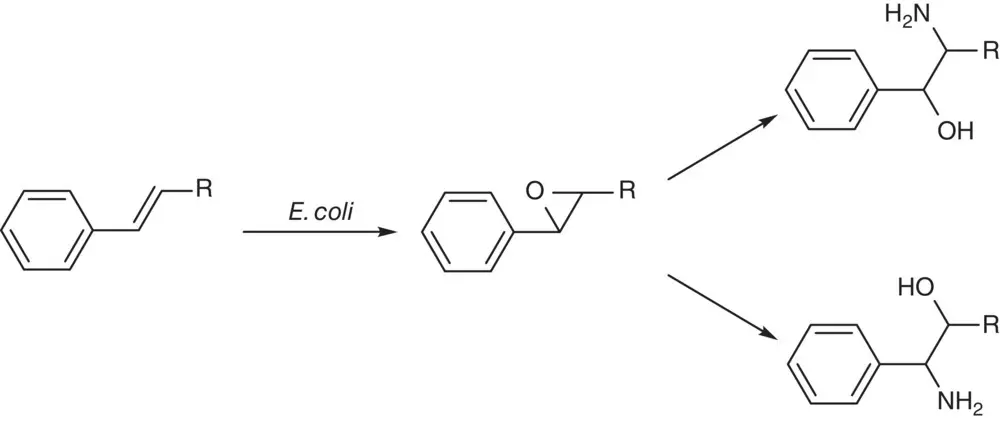
Scheme 2.22 The synthesis of enantiopure 2‐amino‐1‐phenyl and 2‐amino‐2‐phenyl ethanols through enantioselective enzymatic epoxidation of styrene derivatives.

Scheme 2.23 Epoxidation of ally phenyl ether for producing chiral phenyl glycidyl ether.
Читать дальше
